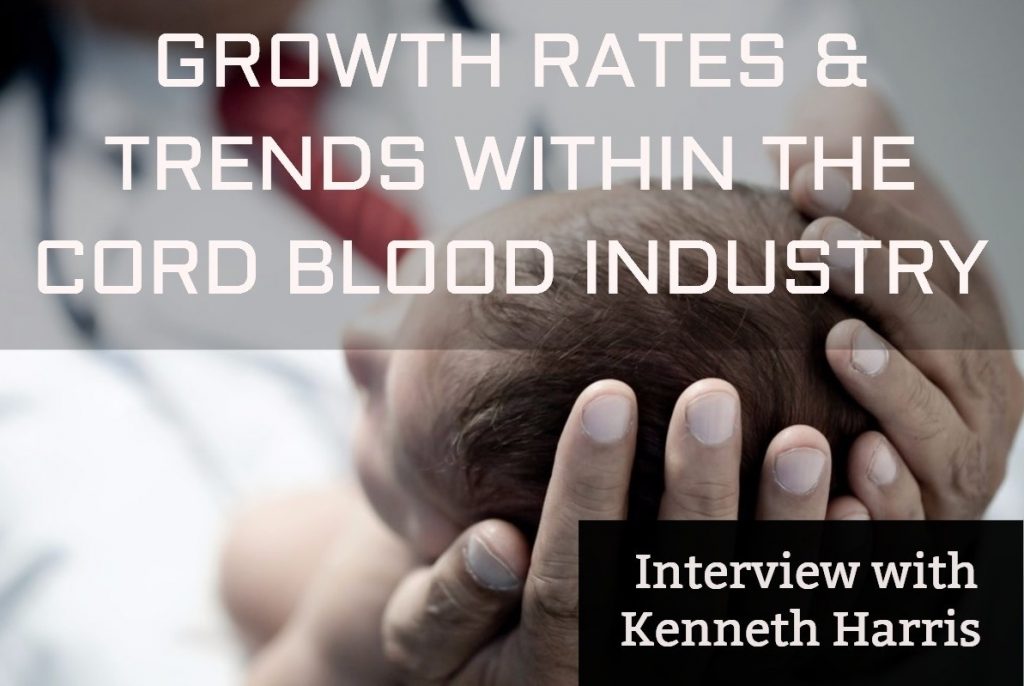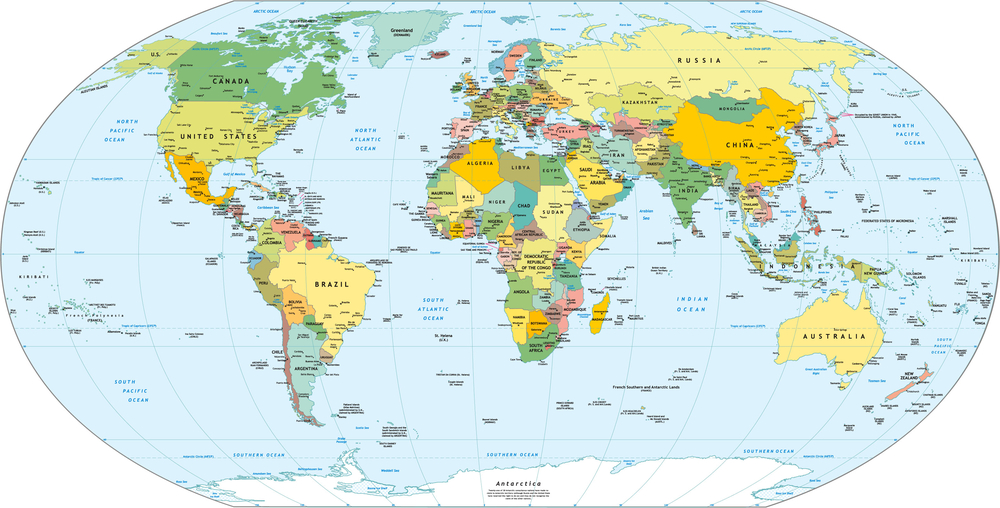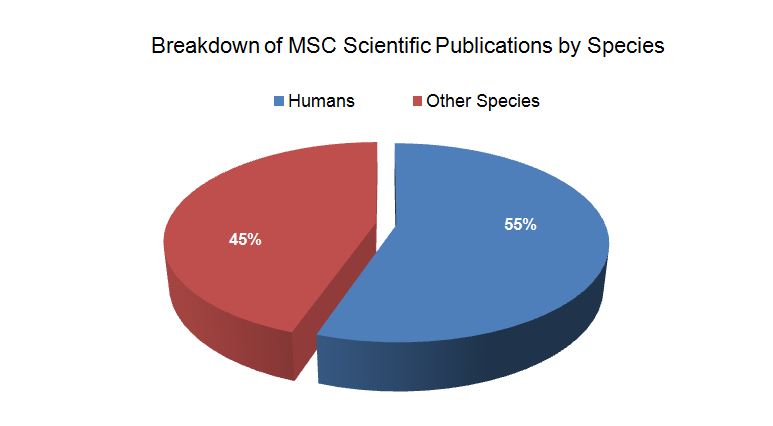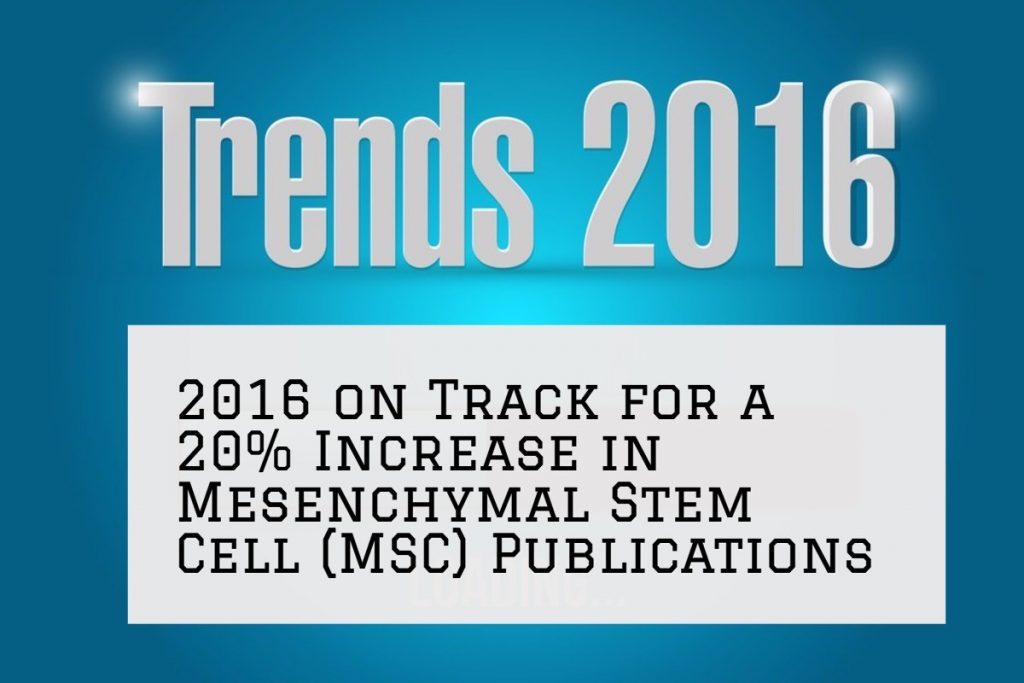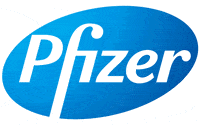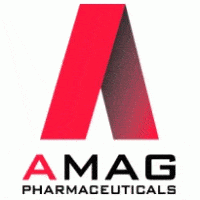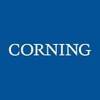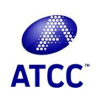I had the honor of interviewing Kenneth Harris, Chief Advisor for CuraSense Advisors about cord blood industry growth rates and trends. There are many misleading metrics being released about the cord blood banking industry, so it was an honor to speak with another person who is extremely knowledgeable about the cord blood banking field. In this interview, we explore growth rates for the global cord blood industry, key trends affecting the industry, differences in geographic opportunities and more. Enjoy. [Read more…]
21 Killer Metrics for Tracking the Stem Cell Products Industry
Tracking the market for stem cell research products is a complex undertaking. The stem cell industry is quickly evolving, the science is rapidly accelerating, and the regulatory space is growing more and more complex.
To help you track the market for stem cell research products, BioInformant released the 175-page global strategic report, “Stem Cell Research Products – Opportunities, Tools, and Technologies.”
Designed for stem cell executives and investors, this landmark report presents 21 killer metrics you can use for tracking the stem cell products industry, including rates of scientific publications, grants, clinical trials, patents, price-per-click (PPC) costs for stem cell terms, top hashtags, and top influencers.
Trends Within the Stem Cell Products Market
Stem cells are primitive cells found in all multicellular organisms that are characterized by self-renewal and the capacity to differentiate into mature cell types. Several broad categories of stem cells exist, including:
- Embryonic stem cells, derived from blastocysts
- Perinatal stem cells, obtained during the period immediately before and after birth
- Adult stem cells, found in adult tissues
- Induced pluripotent stem cells, produced by genetically reprogramming adult cells
- Cancer stem cells, which give rise to clonal populations of cells that form tumors or disperse in the body
Stem cell research and experimentation have been in process for well over five decades, as stem cells have the unique ability to divide and replicate repeatedly. In addition, their “unspecialized” nature allows them to differentiate into a wide variety of specialized cell types. In a developing embryo, stem cells can differentiate into all of the specialized embryonic tissues. In adult organisms, stem and progenitor cells act as a repair system for the body, replenishing specialized cells.
The possibilities arising from these characteristics have resulted in great commercial interest, with potential applications ranging from the use of stem cells in reversal and treatment of disease to targeted cell therapies, tissue regeneration, pharmacological testing on cell-specific tissues, and more.
Huntington’s disease, Parkinson’s disease, and spinal cord injuries are examples of conditions for which clinical applications involving stem cells could offer benefits in halting or even reversing adverse effects.
Also of interest to clinical researchers is the potential to use stem cells in regenerative medicine. Finally, the ability to use stem cells to improve drug target validation and toxicology screening is of intense interest to the pharmaceutical industry.
Embryonic and Adult Stem Cells as Research Tools
Traditionally, scientists have worked with both embryonic and adult stem cells as research tools. While the appeal of embryonic cells has been their ability to differentiate into any type of cell, there has been significant ethical, moral, and spiritual controversy surrounding their use for research purposes. Although some adult stem cells do have differentiation capacity, it is often limited in nature, which results in fewer options for use. Thus, when induced pluripotent stem cells (iPSCs) were discovered in 2006 by Shinya Yamanaka of Kyoto University in Japan, they represented a promising combination of adult and embryonic stem cell characteristics.
Induced Pluripotent Stem Cells
iPSCs are adult cells which are isolated and then transformed into embryonic-like stem cells through the manipulation of gene expression and other methods. The first successful generation of iPSCs was via research and experimentation using mouse cells at Kyoto University in Japan.[1] In 2007, a series of follow-up experiments were done at Kyoto University in which human adult cells were transformed into iPSCs.[2] Nearly simultaneously, a research group led by James Thomson at the University of Wisconsin-Madison accomplished the same feat of deriving iPSC lines from human somatic cells.[3]
Currently, the following account for the majority of stem cell research:
- Basic Research – Understanding stem cell mechanisms and behavior
- Regenerative Medicine – Use of stem cells for the reversal of injury or disease
- Drug Target Validation and Drug Delivery – Validation of the predicted target using living cells
- Toxicology Screening – Use of stem cells to evaluate the effects of drugs on biological systems
To facilitate research resulting from interest in these potential far-ranging applications, a large and growing stem cells research products market has emerged.
Large stem cell products suppliers include:
- Thermo Fisher Scientific
- BD Biosciences, a Division of Becton Dickinson (BD)
- Merck KGaA
- Miltenyi Biotec
- STEMCELL Technologies
- Lonza Group
- Clontech (a Takara Bio Company)
- GE Healthcare Life Sciences
Merck KGaA’s Large Market Share
While several of these dominant market players have utilized acquisition strategies to grow and capture market share, Merck KGaA has had a particularly strong commitment to this approach, acquiring several other major players within the stem cell research products marketplace, including Millipore on February 26, 2010, for $7.2 billion, and Sigma-Aldrich on September 22, 2014, for $17 billion. Dozens of mid-sized suppliers of stem cell research products also exist, as well as over a hundred small specialty providers.
Currently, the following compose the majority of stem cell research product sales worldwide:
- Primary antibodies to stem cell antigens
- Bead-based stem cell separation systems
- Fluorescent-based labeling and detection
- Stem cell protein purification and analysis tools
- Tools for DNA and RNA-based characterization of stem cells
- Isolation/characterization services
- Stem cell culture media and reagents
- Stem cell specific growth factors and cytokines
- Tools for stem cell gene regulation
- Stem cell services and mechanisms for in vivo and in vitro stem cell tracking
- Expansion/differentiation services for stem cell media and RNAi
- Stem cell lines
Market Trends by Stem Cell Type
Currently, mesenchymal stem cells (MSCs) are one of the fastest growing areas of stem cell research, with more than 25,000 scientific articles published about the cell type and more than 400 clinical trials underway worldwide. Importantly, 2015 was the first year in history that mesenchymal stem cells surpassed hematopoietic stem cells (HSCs) for the most scientific publications of any stem cell type. Through 2014, hematopoietic stem cell research had always had the largest number of references for any stem cell type within the scientific literature.
In addition, Google Trend data shows MSC searches to be approximately twice as common as other adult stem cell types. MSCs are also being explored for use in 3D printing applications because of their unique capacity to form structural tissues. This exponential growth area may also create expanding opportunities for mesenchymal stem cell research products. In particular, there will be a demand for companies to supply the stem cell populations to be used in 3D printing inks.
Induced Pluripotent Stem Cells
Induced pluripotent stem cells (iPSCs) are also an interesting area of stem cell research, with Japan committing to being a market leader in this area. In the past year, Japan has accelerated its position as a hub for regenerative medicine research, largely driven by support from Prime Minister Shinzo Abe who has identified regenerative medicine and cellular therapy as the key to Japan’s strategy to drive economic growth.
The Prime Minister has encouraged a growing range of collaborations between private industry and academic partners through an innovative legal framework.
Most importantly to the stem cell research products marketplace, Japan’s Education Ministry said it is planning to spend 110 billion yen ($1.13 billion) on induced pluripotent stem cell research during the next 10 years, and the Japanese parliament has been discussing bills that would “speed the approval process and ensure the safety of such treatments.”[4]
Utilization of Other Stem Cell Types
Utilization of other stem cell types in research settings continue as well, with hematopoietic stem cells being explored for their broad therapeutic applications, neural stem cells being explored for their ability to address unmet medical needs, and adipose-derived stem cells catching the interest of the research community because of the increasing prevalence of orthopedic doctors using these cells for musculoskeletal applications, an area that the FDA has begun to watch and regulate extremely tightly.
To understand unique product opportunities by stem cell type, derive more revenue from products sold to scientists, and identify product development opportunities before your competition, view “Stem Cell Research Products – Opportunities, Tools, and Technologies.”
Footnotes:
[1] Kazutoshi Takahashi and Shinya Yamanaka. Induction of Pluripotent Stem Cells from Mouse Embryonic and Adult Fibrolast Cultures by Defined Factors. Cell. 2006 Aug 25;126(4):663-76.
[2] Yu J, Vodyanik MA, Smuga-Otto K, Antosiewicz-Bourget J, Frane JL, Tian S, Nie J, Jonsdottir GA, Ruotti V, Stewart R, Slukvin II, Thomson JA. Induced pluripotent stem cell lines derived from human somatic cells. Science. 2007 Dec 21;318(5858):1917-20.
[3] Takahashi, K., Tanabe, K., Ohnuki, M., Narita, M., Ichisaka, T., Tomoda, K. and Yamanaka, S. Induction of pluripotent stem cells from adult human fibroblasts by defined factors. Cell, 2007 Nov 19; 131 (5), pp. 861–872.
[4] Dvorak, K. (2014). Japan Makes Advance on Stem-Cell Therapy [Online]. Available at: http://online.wsj.com/news/articles/SB10001424127887323689204578571363010820642. Web. 11 Jan. 2016.
Cord Blood Market Trends, by Region and Sub-Segment
The cord blood market is a complex international industry, composed of public, private, and hybrid cord blood banks.
These market participants store a range of varied products, including cord blood, cord tissue, and sometimes, related perinatal tissues and stem cell types. Rates of cord blood utilization for clinical use vary substantially as well.
Therefore, our approach to analyzing cord blood market trends is to look at it geographically, as well as by sub-segment according to blood units banked, tissue units banked, and clinical units transplanted.
A high level assessment of cord blood market growth is that North American is flat, North Asia and Southeast Asia (SEA) are growing by double digits, and Europe is declining.
We summarize these cord blood industry trends as follows:

To learn more, read our recent interview with Kenneth Harris of CuraSense Advisors, in which we discuss growth rates and trends within the global cord blood banking industry.
More than 50% of Mesenchymal Stem Cell (MSC) Publications Pertain to Humans
Recently, we released an article highlighting that mesenchymal stem cell (MSC) scientific publications have increased in number for 26 years straight. Wow, that is a shockingly consistent trend.
Fascinatingly, two-thirds of those publications were released in the past 5 years, even though there is now a forty-year history of MSC publications.
What is equally fascinating is that the PubMed “Species” sort function indicates that 15,808 of all MSC scientific publications (28,597 to date) pertain to “Humans” rather than “Other Animals.”

Having 55.3% of MSC publications pertain to humans is an extremely promising finding for translating MSC research into therapeutic applications.
Whether you are manufacturing stem cell products, developing 3D printing applications, or offering cord blood and tissue storage services, you need to be aware of trends like this.
Explore our blog for more free content on mesenchymal stem cell (MSC) market trends or check out the global strategic report “Mesenchymal Stem Cells – Advances & Applications.”
*Note: PubMed search of terms “mesenchymal stem cell” and “mesenchymal stem cells” executed July 15, 2016.
About BioInformant
BioInformant is the first and only market research firm to specialize in the stem cell industry. BioInformant research has been cited by major news outlets that include the Wall Street Journal, Nature Biotechnology, Medical Ethics, Vogue Magazine, and more. Serving Fortune 500 leaders that include GE Healthcare, Pfizer, and Goldman Sachs, BioInformant is your global leader in stem cell industry data.
2016 on Track for a 20% Increase in Mesenchymal Stem Cell (MSC) Publications
Recently, we released an article stating that two-thirds of mesenchymal stem cell (MSC) scientific publications were released in the past 5 years, even though there is a 40 year history of MSC publications.
What is even more shocking is that more than a quarter (27.4%) of all MSC publications were released during 2014 or 2015, the previous two years.
Moreover, 2016 data shows that we are on track for a nearly 20% increase in MSC publications over 2015.
At BioInformant, we have been tracking the mesenchymal stem cell market for a full decade (2006 to present) and we have never seen MSC scientific publication data look like this.
In market research, we are at what we call an “Inflection Point.” Meaning, we are at a time of significant change in a situation, a turning point.
Whether you manufacture stem cell products, develop stem cell therapies, or offer cord blood banking services, you need to be aware of trends like this.
Explore our blog for more free content on mesenchymal stem cell (MSC) market trends or check out the global strategic report “Mesenchymal Stem Cells – Advances & Applications.”
*Note: PubMed search of terms “mesenchymal stem cell” and “mesenchymal stem cells” executed July 15, 2016.
About BioInformant
BioInformant is the first and only market research firm to specialize in the stem cell industry. BioInformant research has been cited by major news outlets that include the Wall Street Journal, Nature Biotechnology, Medical Ethics, Vogue Magazine, and more. Serving Fortune 500 leaders that include GE Healthcare, Pfizer, and Goldman Sachs, BioInformant is your global leader in stem cell industry data.
- 1
- 2
- 3
- 4
- Next Page »
